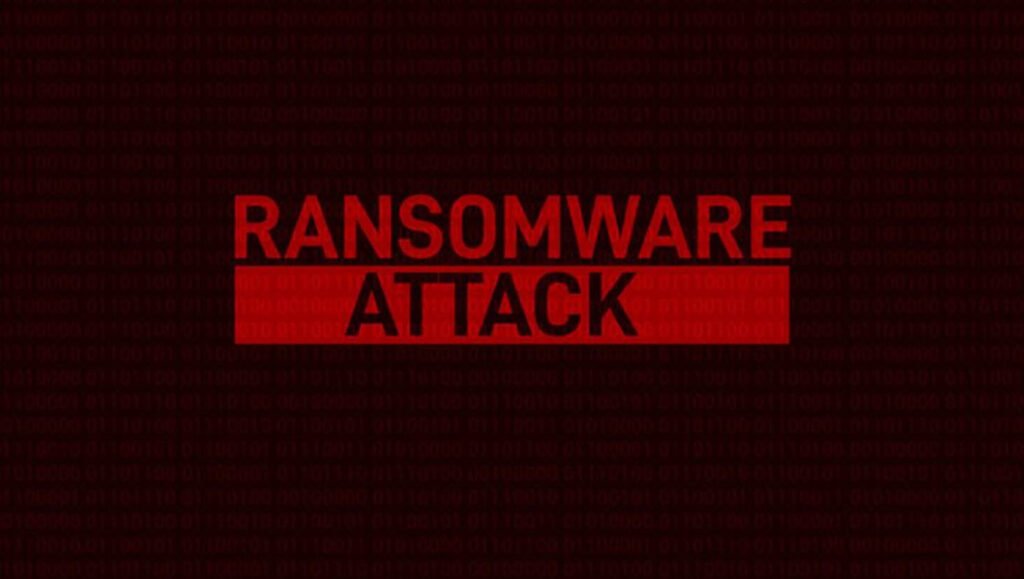Ransomware attacks have become one of the most prevalent and disruptive cybersecurity threats in recent years. These attacks can cripple organizations by encrypting critical data and demanding payment in exchange for the decryption key. In the face of such a threat, Security Operations Centers (SOCs) play a pivotal role in responding swiftly and effectively. To ensure a comprehensive and well-coordinated response, SOC teams should follow a structured checklist.
Here’s a step-by-step guide to managing a ransomware attack within a SOC:
1. Isolate Infected Systems: The first and foremost step is to contain the spread of the ransomware. Isolate the affected systems from the network to prevent further infection. By severing the connection, you minimize the risk of the malware moving laterally across your infrastructure.
2. Alert Management: Rapid communication is crucial. Notify key stakeholders, including top management, legal teams, and IT personnel. Provide a clear overview of the situation, potential impacts, and ongoing response efforts.
3. Gather Information: Document all available information about the attack. This includes capturing the ransom note, samples of the malware, and identifying the systems that have been compromised. This data will prove invaluable during investigations and recovery.
4. Engage the Incident Response Team: If your organization has an incident response team, involve them immediately. Their expertise will guide the investigation and help in crafting an effective recovery strategy.
5. Assessment: Determine the scope of the attack and assess the potential impact on critical systems, data, and operations. Understanding the extent of the breach is essential for making informed decisions.
6. Containment: Identify the ransomware variant to better tailor your response. Apply appropriate measures to contain the attack, such as disabling compromised accounts, isolating network segments, or blocking malicious communication channels.
7. Data Backup Check: Verify the integrity of your data backups. Ensure that backup files are clean and free from malware. If viable, use unaffected backup data for restoration.
8. Communication Plan: Develop a comprehensive communication plan. Clearly define roles and responsibilities for informing employees, customers, and partners about the situation. Adhere to legal and regulatory requirements while sharing updates transparently.
9. Malware Analysis: Conduct a thorough analysis of the ransomware. Understand its behavior, encryption methods, and communication patterns. This knowledge may aid in decryption attempts and inform future prevention strategies.
10. Engage Law Enforcement: If the attack is severe or involves sensitive data, involve law enforcement agencies. Sharing relevant information can aid in their efforts to track down the perpetrators.
11. Recovery Strategy: Based on the nature of the attack and available resources, formulate a recovery strategy. Decide whether to attempt decryption or rebuild systems from scratch. Each situation will dictate a unique approach.
12. Negotiation Consideration: Evaluate the risks and potential benefits of negotiating with the attackers for decryption keys. Consult legal counsel and consider ethical implications before proceeding.
13. User Education: Reinforce cybersecurity education among employees. Provide guidance on identifying phishing attempts, practicing good password hygiene, and recognizing suspicious activities.
14. Patch and Update: Identify and address vulnerabilities that were exploited to deliver the ransomware. Apply patches and updates to prevent future attacks targeting the same weaknesses.
15. Monitor and Analyze: Continue monitoring systems for any signs of ransomware reactivation or new vulnerabilities being exploited. Implement advanced threat detection mechanisms to ensure timely detection.
16. Forensics: Conduct a thorough forensic analysis of the attack. Understand how the breach occurred, whether any data was exfiltrated, and gather evidence for potential legal actions.
17. Post-Incident Review: After the situation is contained and resolved, conduct a comprehensive review of the incident response process. Identify strengths, weaknesses, and areas for improvement to enhance future preparedness.
18. Risk Mitigation: Implement robust security measures to prevent similar attacks. Deploy endpoint detection and response (EDR) solutions, enhance email filtering, and continue user training to build a more resilient security posture.
In conclusion, responding effectively to a ransomware attack requires a well-coordinated and methodical approach. The checklist outlined above serves as a foundation for SOC teams to navigate through the chaos of an attack.
Remember, each attack is unique, so adaptability and collaboration are key. By following these steps and leveraging the expertise of your incident response team and relevant stakeholders, your organization can minimize damage and recover with greater resilience.




Pingback: Qilin Ransomware Group – A Threat to London Hospitals - Tech Hyme
Pingback: Blackbaud’s $6.75M Fine For Ransomware Attack – A Wake-Up Call for Data Security - Tech Hyme
Pingback: Types of Risk Events in Information Technology - Tech Hyme